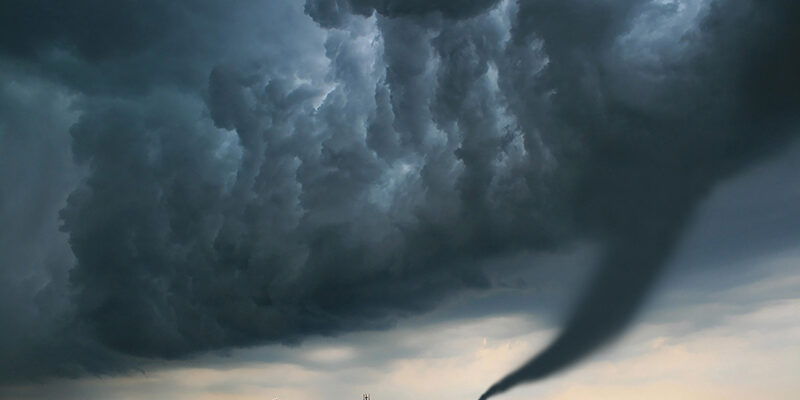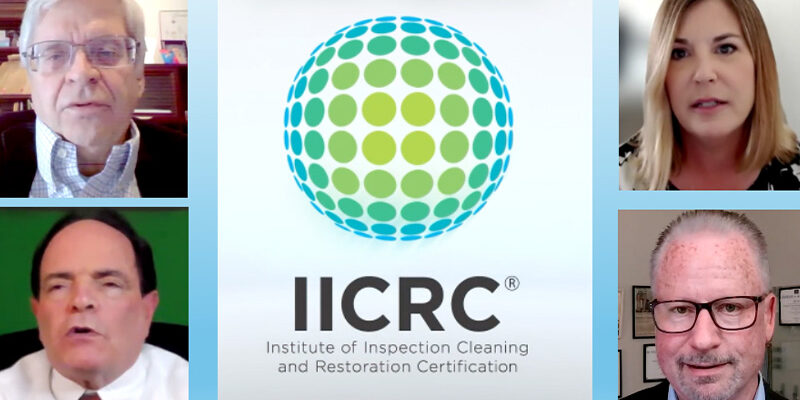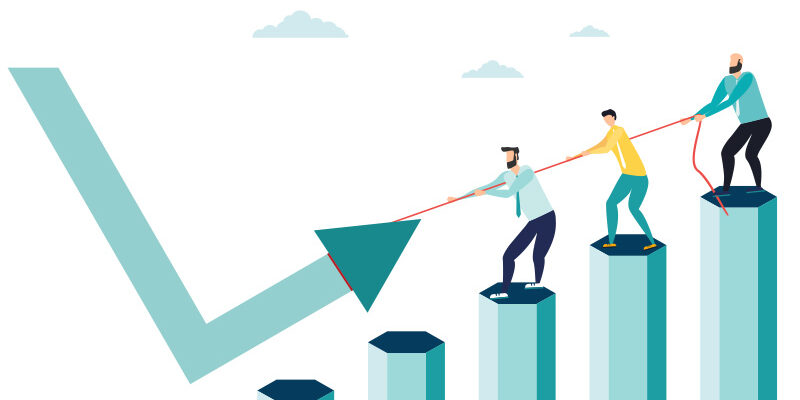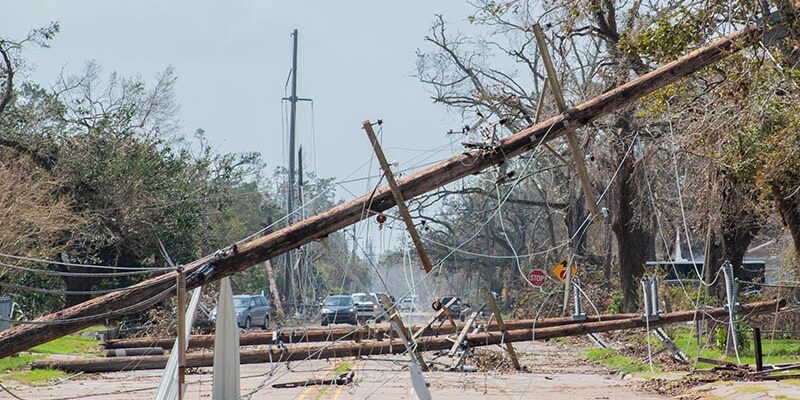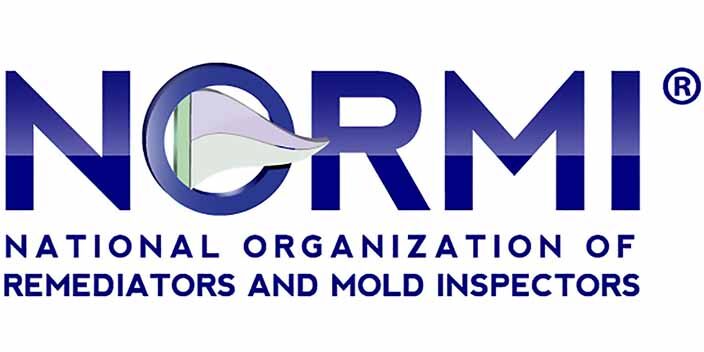Power of Connected Restoration Equipment
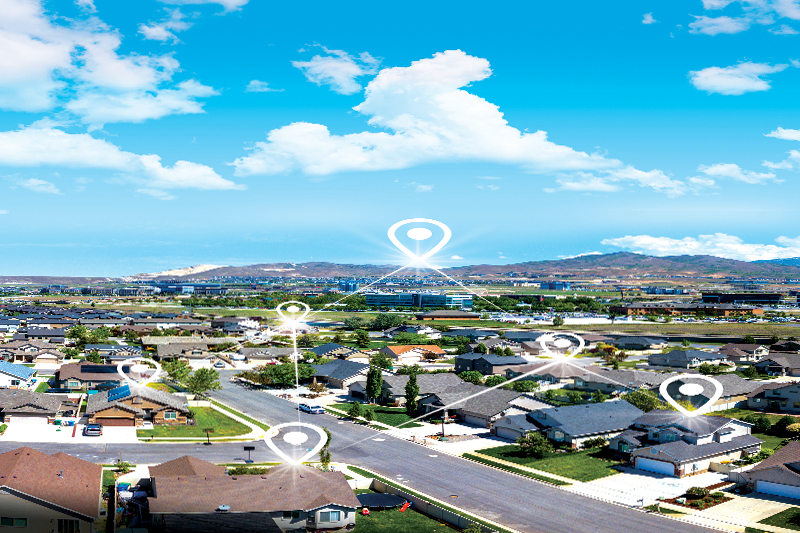
By Erin Hynum
Smart devices and connected equipment have been making our personal lives more productive, safer, and more innovative for the last two decades, and according to Statista, forecasters predict there will be more than 75 billion Internet of Things-connected devices in use by 2025—suggesting smart machines and the technology behind them are here to stay. These same smart devices and connected restoration equipment are also enabling businesses to run smarter and leaner. So, when considering what these technological solutions can do for the restoration industry, start with the challenges facing your day-to-day operations.
Restoration is evolving quickly
As you know, the increased need for equipment monitoring and timely and transparent documentation as well as labor shortages, and risk exposure, especially during peak natural disaster events, contribute to the complexities of running your restoration business. Imagine trying to schedule, track, document, and invoice today’s jobs using whiteboards, paper file systems, typewriters, and landlines.
You’ve likely upgraded your business systems and use mobile devices and apps to communicate with your techs, but have you overhauled your drying equipment, equipment tracking, automatic reporting, and remote monitoring tools that use Bluetooth technology? Here are some ways smart devices and connected equipment designed for the restoration industry can speed job set up, monitoring, and documentation.
Equipment tracking and automatic reporting
Bluetooth-enabled equipment and accessories such as dehumidifiers, airmovers, tracking beacons, and thermohygrometers deliver real-time data, allowing you to make real-time operational decisions. They streamline the way technicians gather drying data and reduce the need for technicians on the job site, improving safety.
These automatic, detailed reports can be shared with your team, customer, or insurance agency via text or email. This is not only important during peak periods, which include cold weather, floods, tornadoes, wildfires, and hurricanes, but with today’s global health pandemic situation as well. Connected dehumidifiers and airmovers can be dropped off at the job site, and users can start getting psychometric and moisture-content readings within seconds. Many of these devices automate in the following ways:
- Take readings immediately,
- Provide usage and serial numbers to drying reports,
- Track equipment by identifying the last known location,
- Track hours of usage automatically,
- Notify users if the equipment is turned off,
- Give detailed reports with a click of a button.
Before we move on, let’s talk about your partnership and reputation. When researching prospective restoration companies, clients and insurance companies start out by comparing qualities, years of experience, features, and pricing. But more importantly, they are looking at online reviews that discuss your availability, how fast you are able to make it out to emergency jobs, and most importantly, your reputation.
By obtaining verified readings and verified usage from automated drying logs, you can provide transparent data to insurance companies as well as clients. This approach eliminates transcription errors, defrost readings, incorrect data, etc. These detailed reports, which can be obtained throughout the restoration process, can provide your clients with the peace of mind they deserve. Ultimately, with connected restoration technology, claims can become more transparent and be processed more efficiently, which in turn, will help get your clients’ lives back to normal faster.
A restoration company that stays up to date on all of the latest restoration equipment and techniques would, therefore, make for a great partner for any policyholder and insurance company.
Remote monitoring
The COVID-19 pandemic we are currently living through has led to an inevitable surge in the use of technology and innovations. Social distancing, business closures, and stay-at-home orders have made it especially difficult to maintain “business as usual.”
Perhaps the greatest feature of today’s smart, connected restoration equipment is their remote monitoring capabilities. These solutions will not only drastically reduce your administrative overhead, but also allow your technicians to do their jobs more safely. Depending on the scope of the job or the natural disaster event that has taken place, technicians can leave equipment on multiple job sites and take readings remotely in seconds. This allows you to provide a higher level of service while reducing the number of face-to-face interactions with your clients—and limits the use of expensive PPE equipment.
Ultimately, smart equipment with remote monitoring features gives you the opportunity to get ahead and stay productive. It allows you to:
- Enter daily readings remotely,
- Rearrange daily visits based on actual conditions,
- Select equipment to monitor,
- Select users to receive alerts,
- Receive real-time alerts of your choice.
Gain your competitive edge with connected restoration equipment
The potential benefits of smart, connected equipment and the data they generate include increased productivity, less downtime, reduced man hours, and safer work environments. Providing transparent and accurate data to insurance companies and your clients can also solidify your reputation as being a partner in their success.
Since you’ll have more time to organize your existing resources and get more jobs done in a day, you’ll likely be more profitable. And in today’s uncertain times, being able to provide remote monitoring services while keeping your technicians and clients safe is a huge advantage.
No doubt, the challenges facing the restoration industry are many and diverse and efficiency and effectiveness are critical. As competitive pressure increases in the restoration industry, companies must adapt in order to stay ahead. Adding smart, connected restoration equipment will give your company an advantage over the competition.
Erin Hynum is the senior product manager for Phoenix Restoration Equipment. He holds a bachelor’s degree in finance from the University of Wisconsin, Whitewater, and a master’s degree in business administration from the University of Wisconsin. Learn more at usephoenix.com.


